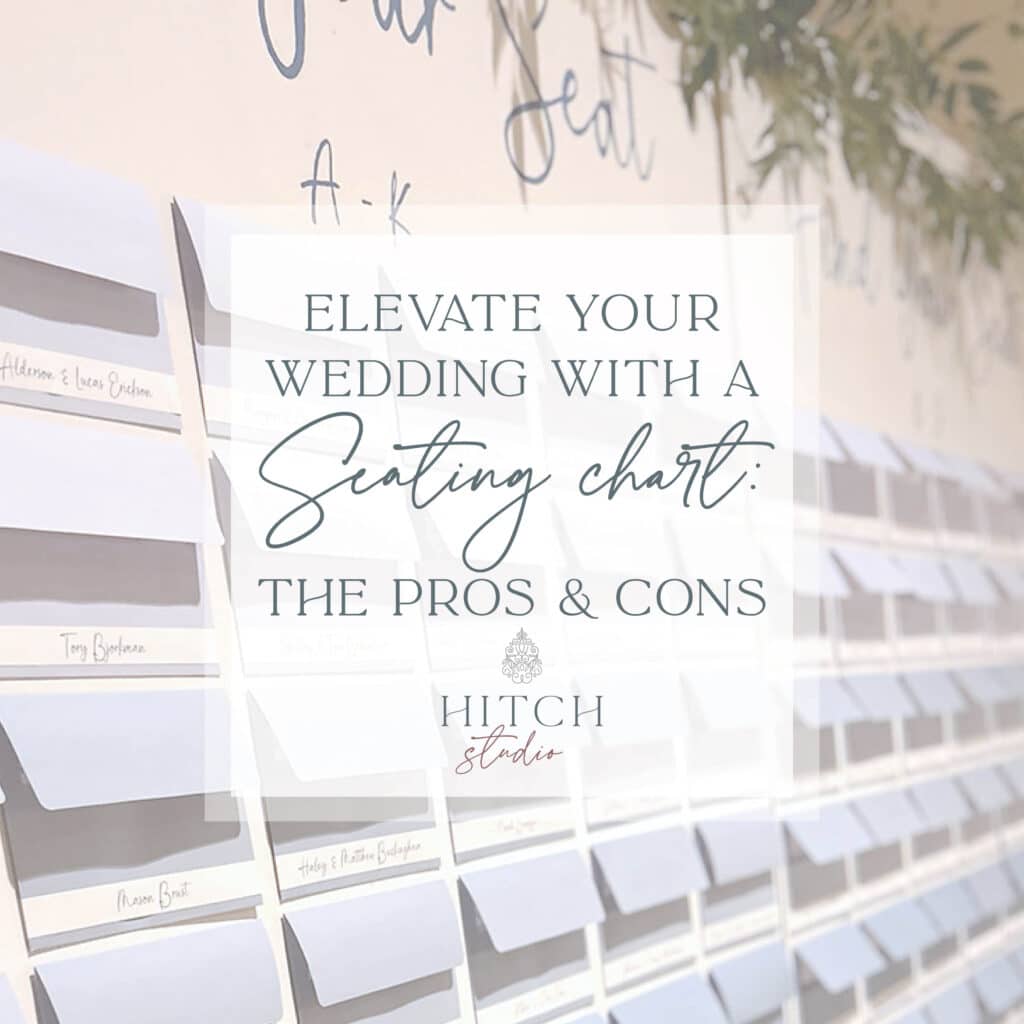Planning a wedding is like juggling a million details, and one big decision you’ll face is whether to have a seating chart for your reception or allow open seating for guests. While many couples swear by them, it’s worth considering both the benefits and potential drawbacks. Let’s dive into the conversation around seating charts and see what you might expect.
Why Seating Charts are great
First off, a seating chart can be a real game-changer when it comes to reducing stress. Imagine walking into your reception and seeing everyone scattered with no clear idea of where to sit. It’s chaotic! With a seating chart, you’re offering your guests clear guidance, making the day run more smoothly and letting everyone relax and enjoy themselves.
Plus, a seating chart helps make the guest experience more enjoyable. By placing people who know each other or who will get along well together, you’re setting the stage for great conversations and a lively atmosphere. It’s like a recipe for a good time!
Another benefit is avoiding potential conflicts. Weddings often bring together a mix of personalities, and a little strategic planning can help keep things harmonious. You can seat guests who might not mesh well at separate tables, preventing any awkward moments.
And let’s not forget about the practical side. A seating chart helps your catering staff serve food more efficiently. They’ll know exactly where everyone is sitting, which helps keep things moving smoothly and ensures everyone gets fed in a timely manner. You’ll also have less tables and not have to overset to account for guests spreading out.
On a more personal note, a creatively designed seating chart can be a charming touch to your wedding décor. It’s a small detail that adds a personal flair and shows your guests that you’ve put thought into their experience.
Lastly, a seating chart allows you to accommodate special needs or dietary restrictions. By planning ahead, you can ensure that everyone is seated comfortably and catered to appropriately.
There Are Some Downsides to assigned seating
Of course, no plan is perfect. One downside of having a seating chart is that some guests might feel left out or disappointed if they’re not seated where they hoped. It’s a tough game to play, and sometimes feelings can be hurt despite your best intentions.
Creating a seating chart also takes time and effort. It’s not just about assigning seats; you’ll need to consider relationships, preferences, and any potential conflicts. It’s an added layer of planning that can be a bit overwhelming.
Then there’s the possibility of changes. Guests might alter their plans or show up with unexpected plus-ones, which means you might have to scramble to make last-minute adjustments to the seating chart.
And finally, let’s not overlook the costs and effort involved in creating a seating chart. Depending on how elaborate you want it to be, it might require extra resources and work to get it just right.
Let’s showcase this beautiful handmade seating chart!
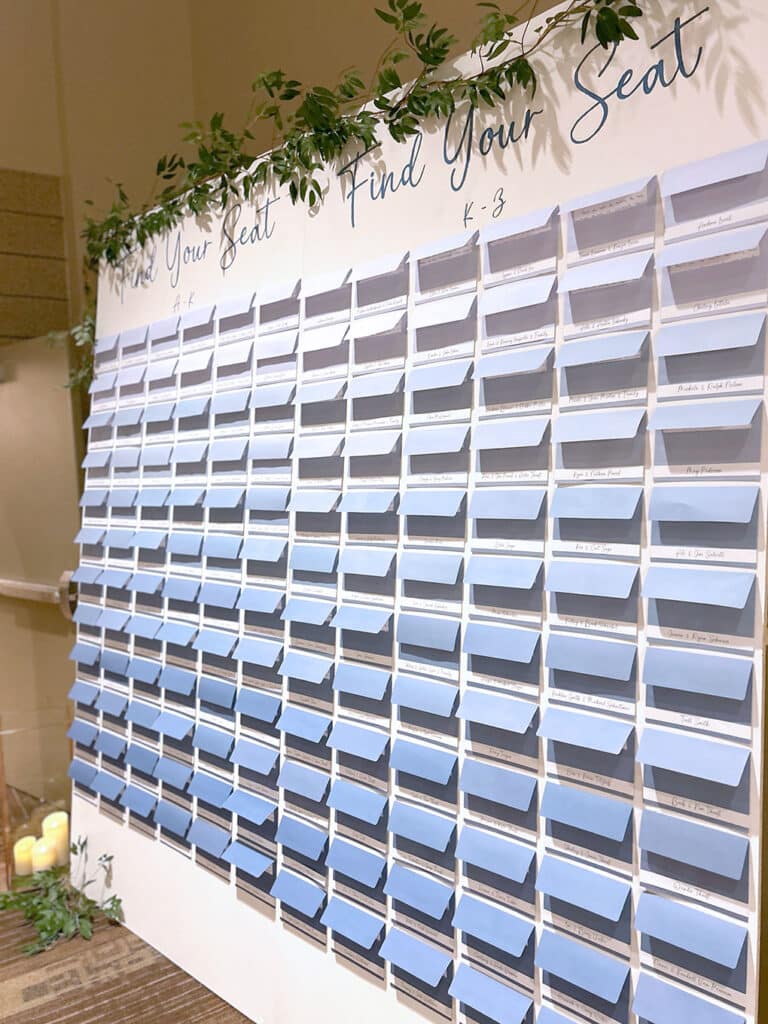
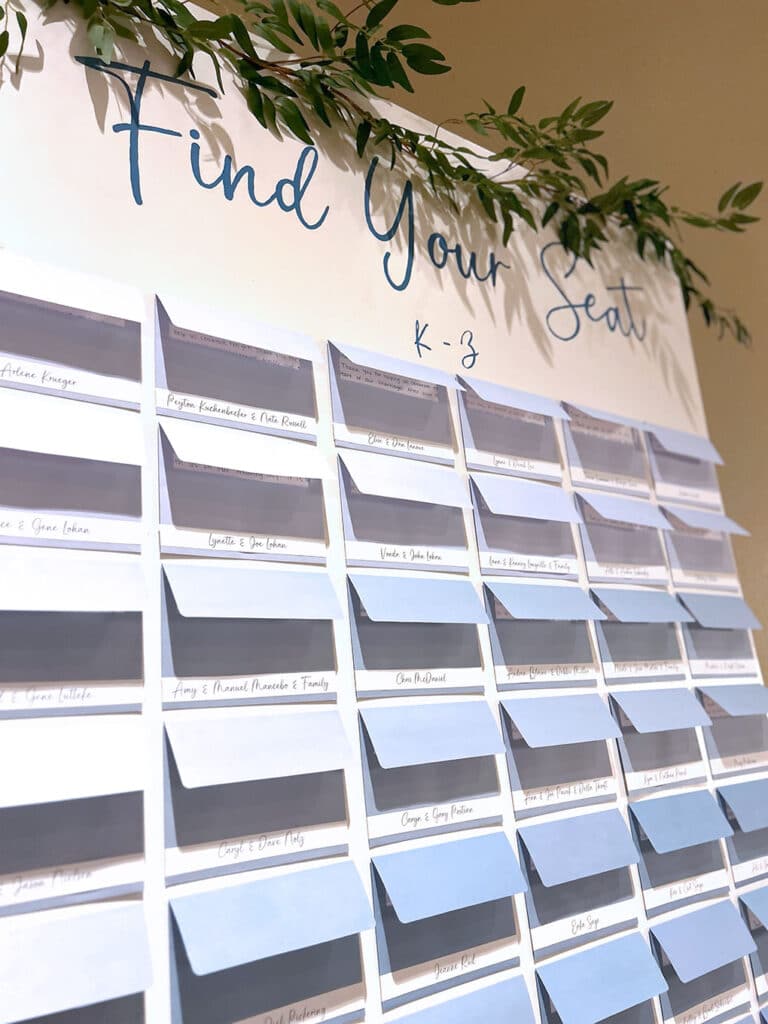
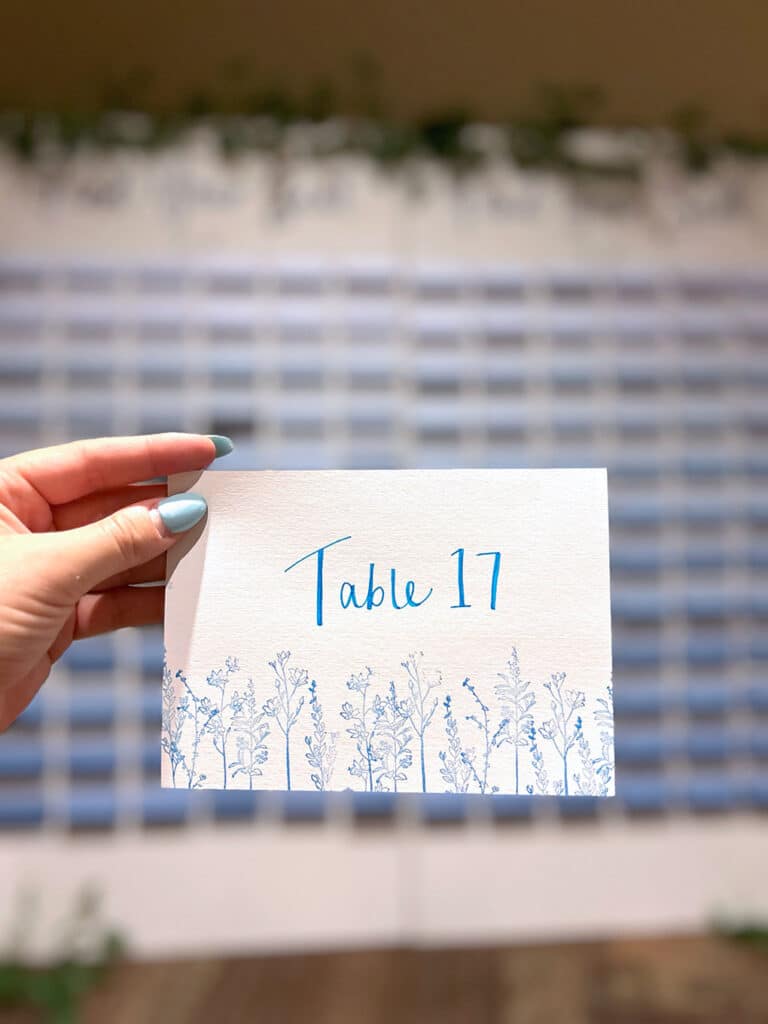
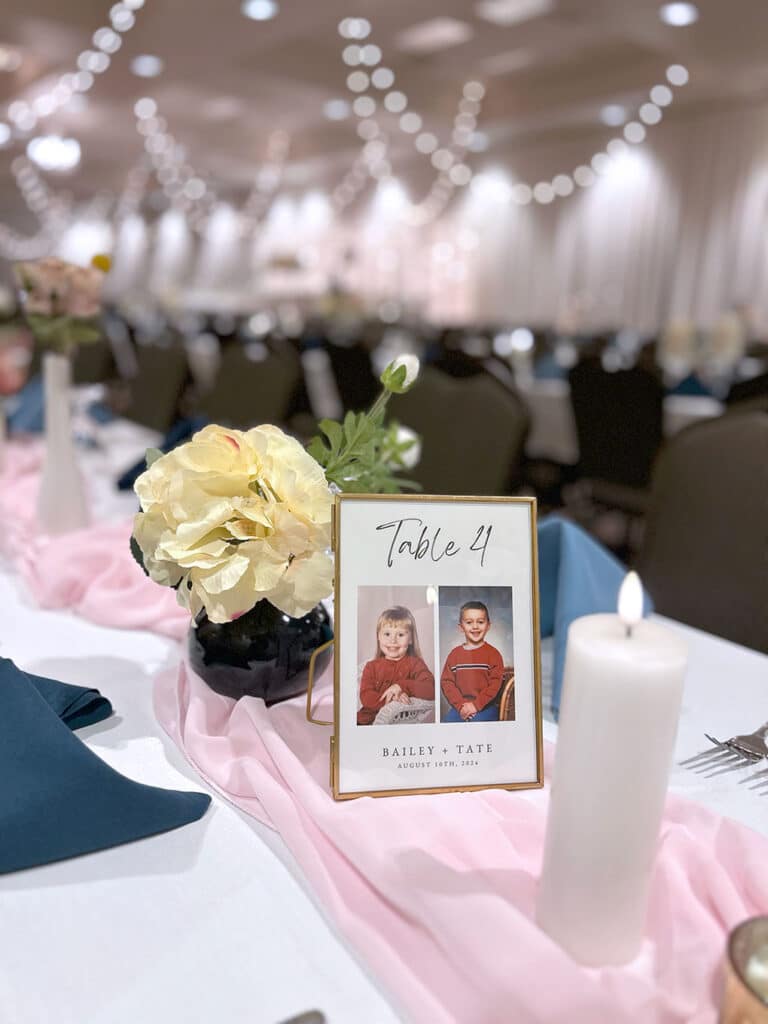
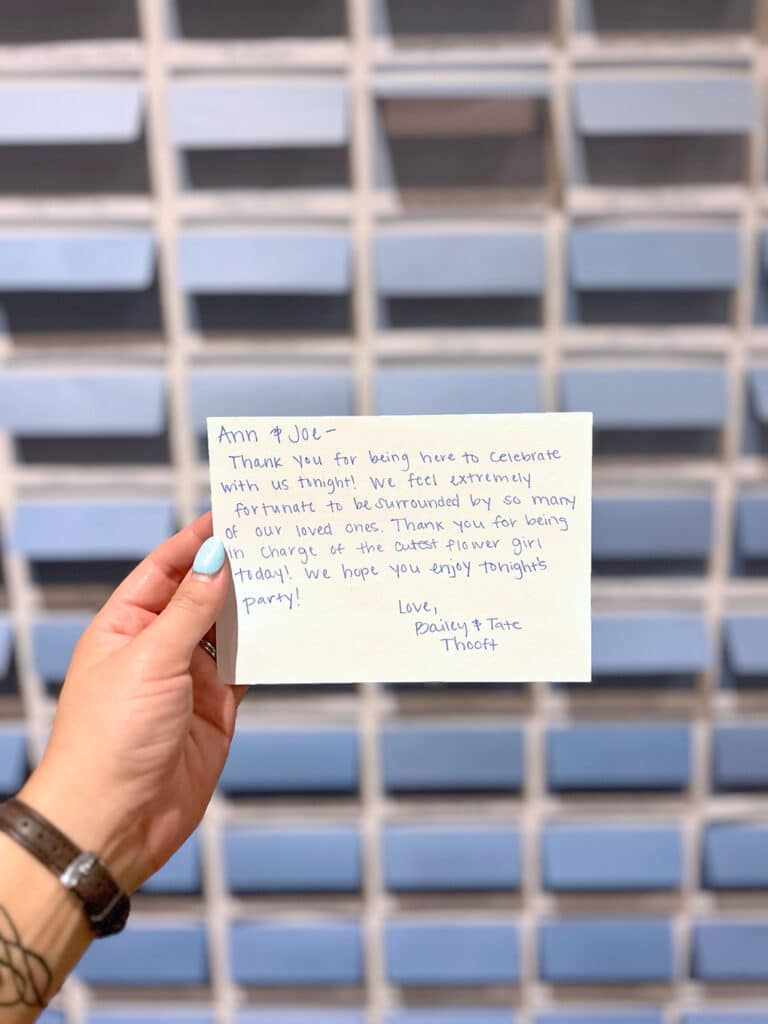
A seating chart can be a fantastic tool for organizing your wedding and enhancing the guest experience, but it’s not without its challenges. Weighing these pros and cons will help you decide if it’s the right choice for your special day.
Hitch Studio would love to help you design and print your personalized seating chart. Whether you want it traditional or unique and grand. Reach out to info@hitchstudio.com and see how we can bring your design to life!
You might also be interested in these while planning your upcoming wedding!
Secrets for a memorable reception

